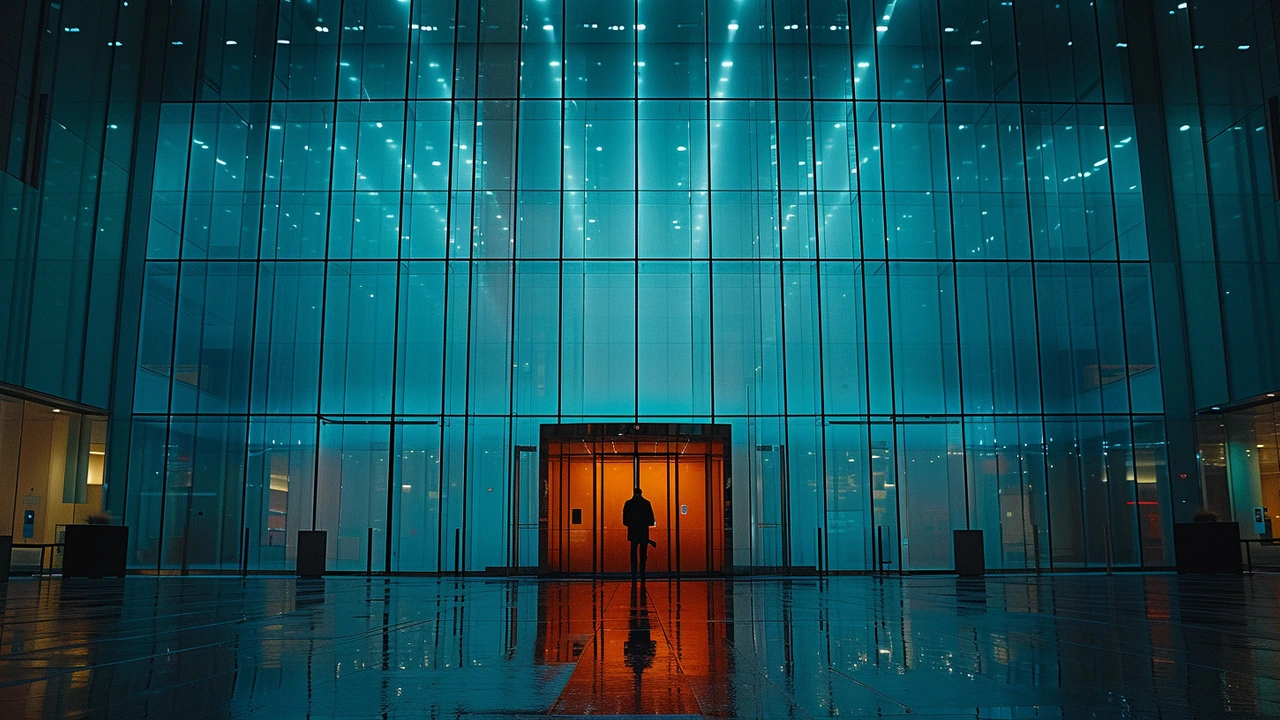Breaking design norms: how to push architecture and interiors without falling flat
What if following the rulebook is exactly what keeps most buildings boring? Breaking design norms doesn’t mean chaos. It means choosing one rule to bend, testing it, and keeping what actually works for people and place. This page gives clear, practical steps and real examples to help you experiment with confidence.
Practical ways to break design norms
Start with a single, specific goal. Want bolder facades, fresher interiors, or new ways to mix old and new styles? Pick one. For example, combine a clean Minimalist plan with Art Nouveau details—use simple volumes but add an organic iron balustrade as a focal point. Another option: use Postmodern playfulness on a classic Beaux-Arts base—keep the symmetry but add colorful, unexpected windows or an off-grid entrance canopy.
Research before you riff. Look at historical examples that already broke rules: Expressionist buildings used emotion and movement, while Byzantine and Roman architects mixed tech and style to make domes and mosaics feel modern. Read case studies—like successful Postmodern landmarks or carefully restored Beaux-Arts projects—to see how others balanced risk and craft.
Prototype small and fast. Try a mockup wall, a facade vignette, or a scaled model before committing. Use inexpensive materials or 3D-printed components to test shape and light. If you’re reworking a historic structure, test reversible interventions—temporary screens or freestanding elements that don’t alter the original fabric.
Think user first. A dramatic staircase or weird window is useless if it hurts circulation or daylight. Run simple user tests: ask people to move through the space, sit, and interact. If a bold choice makes a space more useful, it’s worth keeping. If it just draws attention, rethink it.
Pitfalls to avoid when breaking rules
Don’t mix too many genres at once. A building that tries to be Gothic, Dutch Colonial, and Postmodern at the same time usually reads as confused. Pick one dominant idea and use other styles as accents. For instance, introduce a Gothic-inspired arch as a dramatic gateway in an otherwise modern composition—one strong move is better than many small ones.
Respect structure and history. If you work on heritage sites, balance novelty with preservation. Use modern materials to echo historic lines rather than erase them. When adding contemporary elements to older facades, keep scale and proportions consistent—small changes can clash if the scale is off.
Document, iterate, and be ready to fail cheaply. Not every experiment will land—and that’s okay. Keep clear records of what you tried, why it failed or succeeded, and what you’d change next time. Over time, those lessons build confident, original work that actually serves people.
Want more examples? Browse articles on Postmodern architecture, Minimalism in tech and living, Revivalism, and historic styles like Gothic Revival and Byzantine to see how rule-breaking has shaped great buildings. Use those examples as tools, not templates—then make something that feels honest and new.

International Style: Breaking Boundaries in Design
Well folks, let's talk about the International Style, which is like the James Bond of design - suave, sophisticated and never afraid to cross boundaries! This style has been shaking up the design world, not just stirring it, by breaking traditional norms and introducing sleek, functional designs. It’s like a global party where all forms of design are invited, from architecture to fashion. The International Style is the mailman of design, delivering genius ideas from one part of the globe to another. So buckle up, my friends, it's a wild and exciting ride through the land of limitless creativity!
Read more